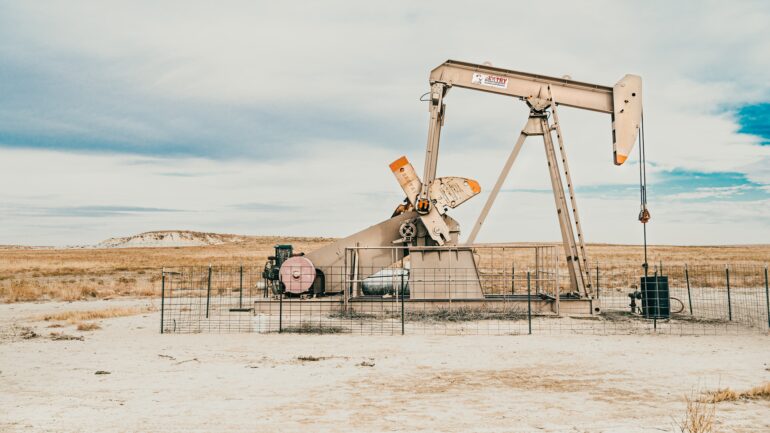By Victor Rivera-Diaz, Staff Researcher and Writer at Save The Water™ | March 5, 2021
The naturally occurring metal strontium (Sr) is contaminating drinking-water wells across the United States. Among the most affected regions, central Texas and southern Florida stand out as areas with groundwater concentrations above federally recommended levels. These were the findings of a study by the United States Geological Survey (USGS), which reported that 2.3 million people experience natural strontium contamination in their drinking water.
Although strontium is likely safe in low amounts, it can lead to human health complications at higher exposure levels. Specifically, it can harm bone development by causing strontium rickets, resulting in reduced calcium in bones. Most at risk are infants, children, and adolescents. Currently, strontium is an unregulated contaminant. However, several state and federal agencies have begun to weigh in on the potential public health risks of natural strontium contamination.
A water-rock dilemma in several states
In the USGS study, MaryLynn Musgrove at the Texas Water Science Center sampled 32 primary aquifers nationwide. The study included a total of 4,824 individual samples. 99.8% of the samples contained detectable Sr levels, with an average of 225 micrograms per liter (μg/L) of water. More alarming still, 2.3% of the samples had Sr levels above the 4,000 μg/L limit used for health-based screening.
The 2.3% percent of samples with high strontium concentrations correspond to roughly 2.3 million people. In states such as Texas and Florida, the respective wells cluster around aquifers made of carbonate rock, which means limestone and dolostone are present. These organic minerals often contain strontium. Moreover, the interaction between flowing water and the surrounding rocks causes strontium to mix with the groundwater supply.
Other types of aquifers contain high strontium levels, such as those that experience a natural upward rush of deep water containing high salt levels. This phenomenon occurs in the High Plains aquifer in west Texas. In Colorado, shallow sand and gravel aquifers also contained heightened levels.
Musgrove notes that dry areas with high agricultural output and salt in groundwater are a set of interlocking factors that lead to high natural strontium contamination.
The mystery of strontium contamination in groundwater
Human exposure to the natural form of strontium (Sr) can happen from contact with everyday substances. Its radioactive counterpart, Strontium-90, is typically only found near nuclear activity sites and is currently regulated. However, humans can safely consume low amounts of organic strontium.
Unfortunately, at elevated levels, it can significantly impact bone health in infants, children, and adolescents, as well as those with preexisting bone-related conditions.
Furthermore, the chemical makeup of strontium and calcium are very similar. In human bones, high strontium levels can take the place of calcium. When this happens, it can cause a condition known as “strontium rickets.” This can be dangerous in the early stages of life when bone development is most critical, as it reduces the amount of calcium in bones, which can result in skeletal abnormalities.
To date, strontium remains a “public health mystery.” Additional studies are needed to quantify natural strontium contamination levels across different exposure routes, including drinking water.
Despite the information gap, a team of Chinese researchers found that strontium concentrations were linked to children’s rickets. They also noted that strontium is not within “the scope of supervision of drinking water in China.” Like the U.S. and China, the mystery of strontium persists in most other parts of the world.
Lack of regulations
At this time, no regulations are in place to limit the presence of strontium in groundwater supplies. The U.S. Environmental Protection Agency (USEPA) established advisories for strontium of 4 milligrams per liter (mg/L) of water across a person’s lifetime. However, there is no strict enforcement of this estimate.
In October 2014, the USEPA indicated that it was considering strontium for regulation under the Safe Drinking Water Act (SDWA). These regulations would establish a maximum contaminant level (MCL) for strontium in drinking water.
However, on January 4, 2016, the USEPA announced that it would postpone its final determinations on strontium “to consider additional data and decide whether there is a meaningful opportunity for health risk reduction by regulating strontium in drinking water.”
In 2015, the USEPA found large amounts of strontium contamination in several sources of drinking water. In response, local water authorities sent out notices to alert community members.
Without federal regulations on strontium concentrations, states must make their own decisions on the matter.
Solutions for an unconventional risk
It is worth mentioning that high strontium concentrations in drinking water are still “relatively rare.” Additionally, conventional filtration systems are unable to remove strontium in drinking water. As a result, private wells are the most susceptible to strontium contamination, particularly in states such as Wisconsin.
However, there are some treatment processes identified by the USEPA which have a 99 percent removal rate. Unfortunately, these treatment options aren’t always readily available.
How can I protect myself from high strontium levels?
If you live in an area affected by high levels of strontium contamination in groundwater or would like to stay informed on water quality near you, check out the following resources:
- The Environmental Working Group’s database on strontium
- The USEPA’s Drinking Water Treatability Database
For those in problem areas:
- Consider installing a home water treatment system to remove strontium.
- Drink bottled water if necessary and follow local health guidelines
In brief, strontium is both a natural and common metal. Researchers are still investigating its overall impacts, and regulations remain limited. For this reason, it is crucial to continue monitoring its occurrence in drinking water, especially in high-risk areas.




